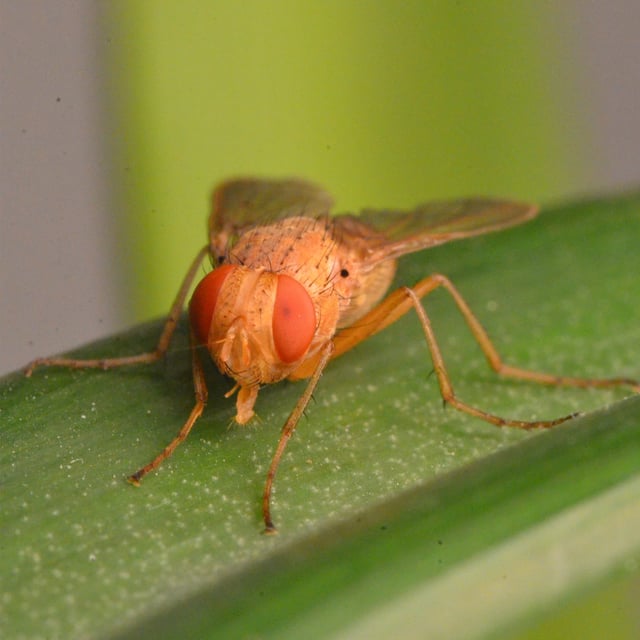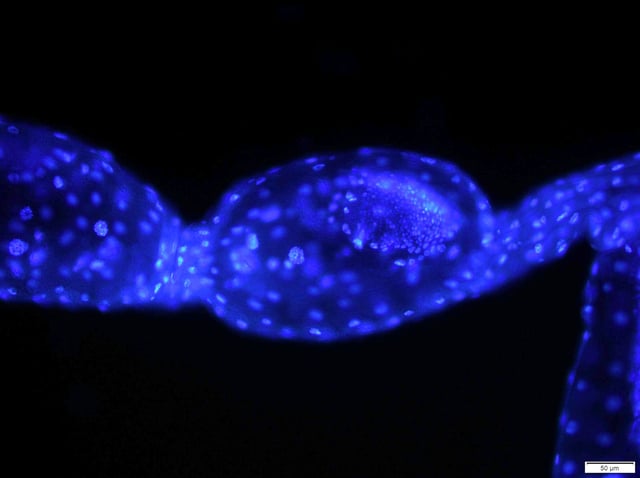Overview
- Researchers documented adenotrophic viviparity in Ormia ochracea, with embryos nurtured internally in a uterus-like structure until fully formed larvae emerge.
- Unfertilized eggs from virgin females underwent early embryonic divisions and rudimentary patterning before stalling, demonstrating partial parthenogenesis.
- Larval competition inside single cricket hosts lowered survival rates and produced smaller pupae and adult flies.
- Pupal size emerged as a strong predictor of adult body size, highlighting lasting impacts of resource constraints during development.
- Teams are exploring targeted gene-editing strategies to overcome internal embryogenesis challenges and drawing on the fly’s hyperacute hearing to inspire advanced acoustic sensors.

